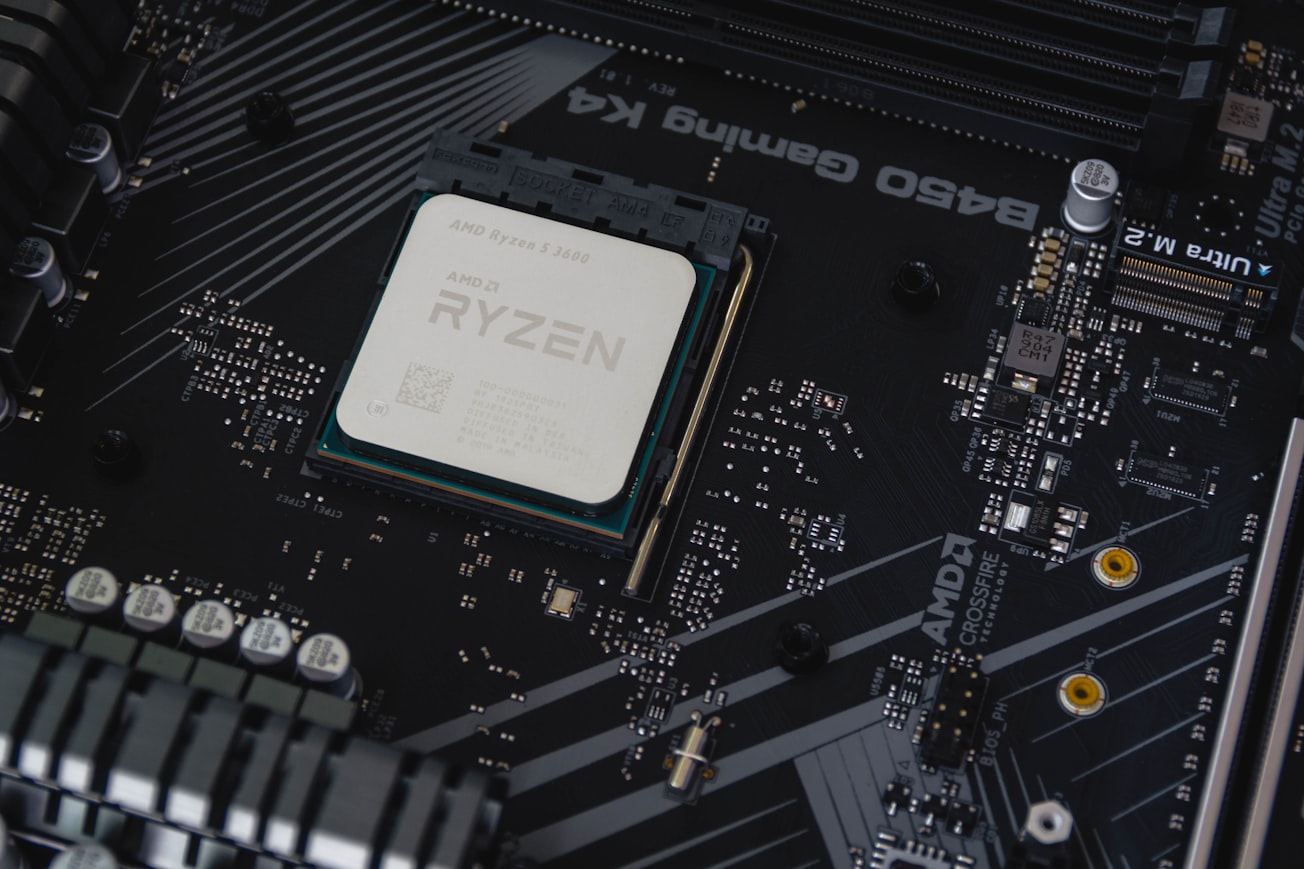What is it about?
The present work deals with the study of the mobile ions in the silicon dioxide insulator, which has great importance because their presences affect significantly on the MOS structure characteristic. The subject is introduced with the necessary background concepts of MOS structure dealing with various aspects of the oxides and their charges. Besides, theoretical approaches to determine the density of mobile ions as well as their density-distribution along the oxide thickness are developed. In fact, three attempts have been discussed each makes use of different approaches. In the first attempt, the density of the mobile ions has been determined from experimental measurements using different techniques such as the Charge Pumping (CP) technique associated with the Bias Thermal Stress (BTS) method. In the second attempt, the theoretical approaches using empirical models or numerical approach for the mobile ions density distribution are described. In the last attempt, an analytical model of the mobile ions density distribution, which is based on physical concepts at equilibrium state and ionic current-voltage characteristic of MOS structure, is presented.
Featured Image

Photo by Christian Wiediger on Unsplash
Why is it important?
The whole book is divided into 7 chapters. After introducing the subject in the first chapter, Chap. 2 deals with the background studies of the MOS structure ideal and non-ideal case. Chapter 3 presents methods typically used to grow oxide such as thermal oxidation, chemical oxidation (anodic oxidation) and Rapid Thermal Oxidation (RTO) as well as oxide-charges and different effects of these charges on the device performance. A complete review of transport Mechanism in thin oxides of MOS devices is discussed in Chap. 4. The studies carried out on mobile ionic charge in thermally oxidized silicon system were primarily aimed at determining its total density. Accordingly, several experimental techniques such as Charge Pumping (CP) technique associated with the BTS method have been developed for measuring the mobile ion concentration in oxides of MOS structures that are described in Chap. 5. Nevertheless, none of these techniques so developed has been used to obtain the density distribution of mobile ions. However, a few theoretical attempts have also been made in this direction, which are reviewed in Chap. 6. In the present work, certain new attempts have been investigated towards the determination of the mobile ionic density-distribution. In the first attempt, methods have been developed to determine the density-distribution of mobile ionic charge in explicit form simply from the knowledge of the measured values of flat band voltage under three different conditions, namely, before contamination/activation, after contamination/activation, and finally after ion-drift. In other method, a numerical modelling has been used to obtain the mobile ion profile not only at equilibrium state but also its profile evolution when BTS is applied. These methods are presented in Chap. 6. However, the density-distribution of mobile ions in the oxide has been obtained analytically which is based on the argument that these ions must attain an equilibrium density-distribution under the influence of various internal and external forces which are acting upon them. This analytical model of the density-distribution of mobile ions is described in Chap. 7. In the other attempt, a new approach of determining dynamic ionic current-voltage characteristic that is due to ion transport phenomenon in the oxide is presented in Chap. 7. In that approach, the formulation of I-V characteristics of MOS device can be achieved using the theoretical model of mobile ion distribution in oxides.
Perspectives
This work can be used by device physicists, characterisation engineers, or any researches interested in the studies of the MOS device properties.
Pr Hamid Bentarzi
Universite M'Hamed Bougara Boumerdes
Read the Original
This page is a summary of: Transport in Metal-Oxide-Semiconductor Structures, January 2011, Springer Science + Business Media,
DOI: 10.1007/978-3-642-16304-3.
You can read the full text:
Contributors
The following have contributed to this page







